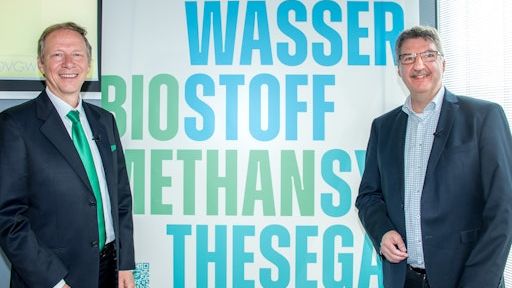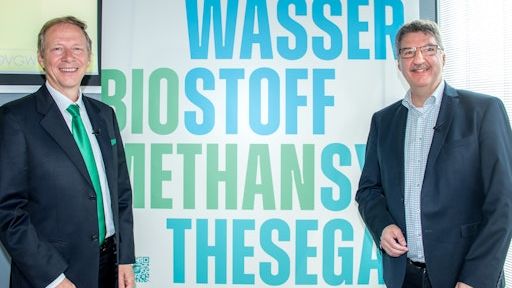
News -
Hydrogen Start-Up Grid in Austria: 3.5 Billion Euros in Investment Needed
Sixty years ago, work began on building a comprehensive gas grid in Austria. The existing gas grid is worth approximately 15 billion euros. This grid could be used in the future to transport clean hydrogen. Austria is thus facing the largest transformation of its gas infrastructure in recent decades. "Specifically, we need 3.5 billion euros," estimates Professor Michael Harasek from the Institute of Chemical Engineering at the Vienna University of Technology. This amount will be needed for the comprehensive reconstruction of the pipeline grid. "Compared to the planned investments on the electricity side, gas represents a fraction of the planned amounts," said Harasek.
From the gas industry's perspective, political decisions are now essential. Numerous projects for the integration of green gases such as biomethane and hydrogen are awaiting implementation. "It is important that we now also secure the political power to implement energy laws such as the Natural Gas Act (GWG), so that we can quickly begin the construction and conversion of the infrastructure. At stake are, on the one hand, the hub function that Austria had in international competition for natural gas, and, on the other, Austria's industrial competitiveness. The motto is: without hydrogen, there can be no decarbonized industry," said Stefan Wagenhofer, President of the Austrian Gas and Water Association (ÖVGW).
The future requires an investment-friendly climate to make gas renewable and climate-neutral. A political investment decision now for the H2 start-up grid (long-distance pipeline including cluster connections) can give system participants the security that the hydrogen economy will have an infrastructure base in Austria for the next decade. In addition to subsidies, government guarantees are needed to finance the development of the H2 start-up grid in a market-compatible manner without burdening the state budget. "When we talk about hydrogen supply, we need, on the one hand, domestic production and, on the other hand, an interplay of pipeline systems and storage facilities so that we can also absorb hydrogen capacities from abroad," Harasek continued.
Large-scale investment projects in Tunisia, Morocco, and Ukraine are being planned. Import corridors are to be created for them in the future. According to Harasek, the transformation of the gas infrastructure will also prove to be a job driver. The focus here is on local value creation, which will be supported by intensive research activities.

